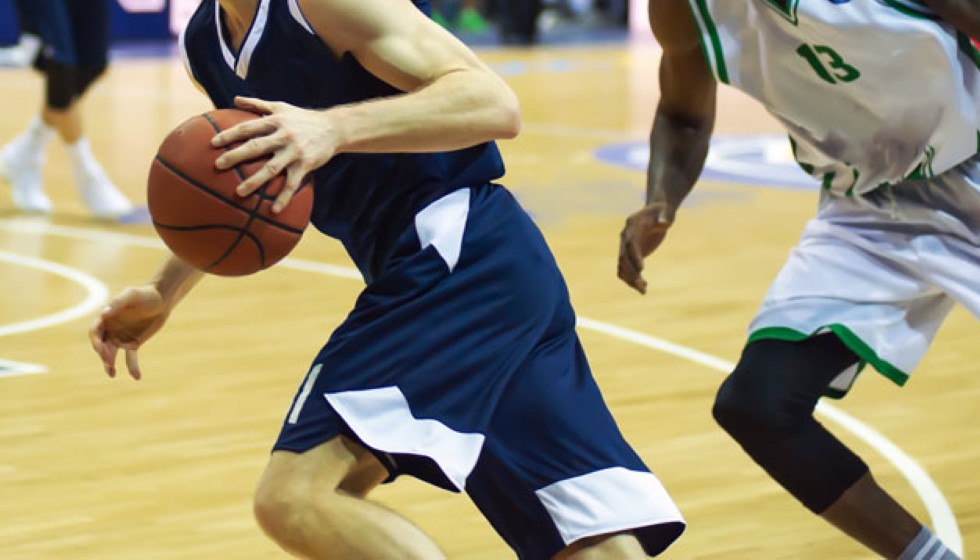
In a move that underscores its adaptability to the rapidly evolving digital age, the NBA is on the verge of introducing a meticulously crafted policy update concerning cell phone and social media use by players and coaches during games. This comes as no surprise in a highly connected era where the boundaries between the virtual and the tangible continue to blur.
Historical Context and Policy Development
The origins of the NBA's approach to handling social media date back to 2009 with the establishment of what was informally known as the "Villanueva rule." This initial guideline set a precedent for limiting digital distractions and potential leaks during pivotal moments in the games. Fast forward to current times, the league finds itself at another crossroads as it deliberates how best to navigate the complex relationship between media, technology, and sports.
Throughout this process, the NBA has taken a notably collaborative approach, working closely with the players’ union, the NBPA. This cooperation is essential, as it ensures that the revamped policy caters not just to the league’s operational needs but also addresses the concerns and interests of the players themselves. The update redefines "during games" to mean from 45 minutes before tip-off until players and coaches have fulfilled their post-game media obligations, a significant shift reflecting the intricate nature of pre-game preparations and post-game duties.
Central Motivations for the Update
A key driver behind the policy revision is the NBA’s growing concern over the implications of legal sports gambling. In an age where information can significantly influence betting markets, the league is determined to prevent any possible insider information mishaps. The case of Jontay Porter, who faced a lifetime ban following allegations of providing information to bettors, has clearly heightened these concerns, revealing just how high the stakes can be.
To mitigate these risks, the NBA is implementing an additional measure—a single point of communication for players and coaches during the restricted period. This centralized channel aims to tightly control the flow of information, thereby safeguarding the integrity of the game and bolstering the league's stance against gambling-related controversies.
The Unanswered Questions
One intriguing aspect of the revised policy is its focus without detailing punitive measures for potential breaches. This omission leaves much to speculation regarding the discipline for any policy violations. Such unpredictability might serve as both a deterrent and an opportunity for the NBA to exercise discretion, tailoring consequences to the context of each situation.
Additionally, within the league itself, there are variances in how franchises manage cell phone and social media policies. Some teams have taken the initiative to enforce stricter internal regulations that exceed the league’s requirements. This reflects the diverse operational philosophies across the NBA and highlights the autonomy teams may exercise in aligning with or exceeding league mandates.
Preserving Focus on the Game
Beneath these logistical details lies the NBA's broader objective—to preserve the sanctity of the game. By shielding players and coaches from the constant buzz of the digital world during crucial game periods, the league aims to enhance focus and performance. This approach not only respects the tradition and purity of basketball but also acknowledges the modern realities of the technological environment that surrounds it.
In sum, as the NBA prepares to roll out its updated policy, the action signals a proactive approach to tackle the challenges posed by technology and legality in today’s sports landscape. The league’s efforts are a testament to its commitment to maintaining transparency, integrity, and ultimately, the essence of the game that basketball fans cherish. As these changes come into effect, the moves will likely continue to generate dialogue and adjustments, ensuring that the game remains as compelling off the court as it is on it.